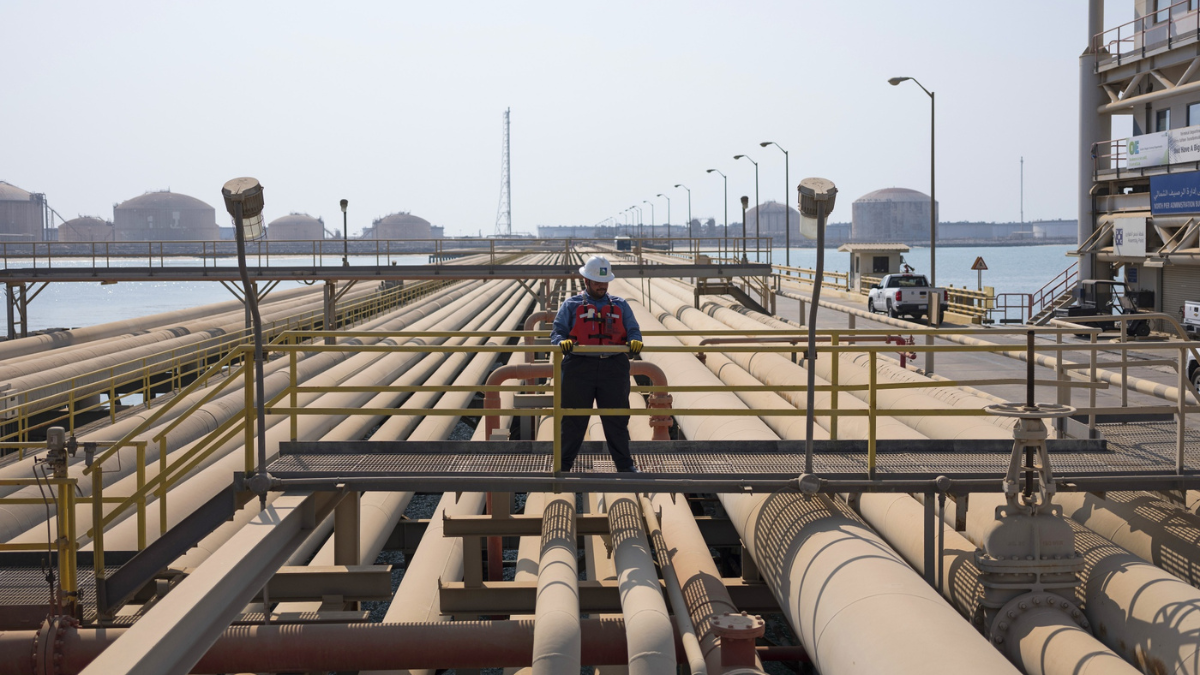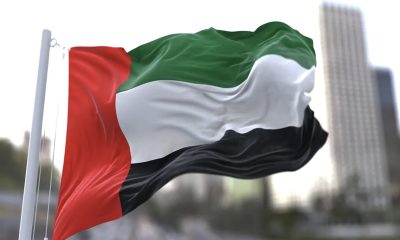After nearly 50 years of growth, has the nature of GCC economies changed? Are they still considered ‘rentier’ states as they were five decades back? Or have significant changes taken place, marked by a shift towards economic diversification and a drop in reliance on oil?
A Lot Of Change Getting Recorded
The oil sector accounted for more than 90% of GCC states’ Gross Domestic Product (GDP) in the 1970s. However, the region started taking significant steps towards diversification at the beginning of the 1980s. Within a few years, a lot of change started getting recorded.
The GCC swiftly transformed into one of the world’s most important hubs for the manufacture of aluminium, fertilizers and petrochemicals. It also turned into an exporter of food products and building materials, rather than just importing them.
Moreover, instead of housing three medium-sized airlines, the GCC countries took advantage of their strategic geographical location to now own and operate several of the biggest carriers. The move contributed to significant growth in trade, especially in re-exports.
Revised Mix In Gross Domestic Product
Consequently, the region recorded a fundamental shift in the makeup of its GDP. Non-oil sectors now make up 60-70% of the GDP, compared to 30-40% by oil sector. These changes have been concurrent with the implementation of financial reforms in some GCC countries.
Although fluctuations in oil prices continue to affect government spending and overall economic conditions, it’s natural and also applies to Norway as an oil-producing country whose economy is affected by developments in the oil market, despite embracing diversification.
Also Read: The Tipping Point of Clean Energy: Signs of a Sustainable Revolution
Nevertheless, while GCC countries have taken significant steps towards diversifying their economies, there is a need to redouble efforts. There are important changes underway, including production and export of blue and green hydrogen, considered a form of future energy.














